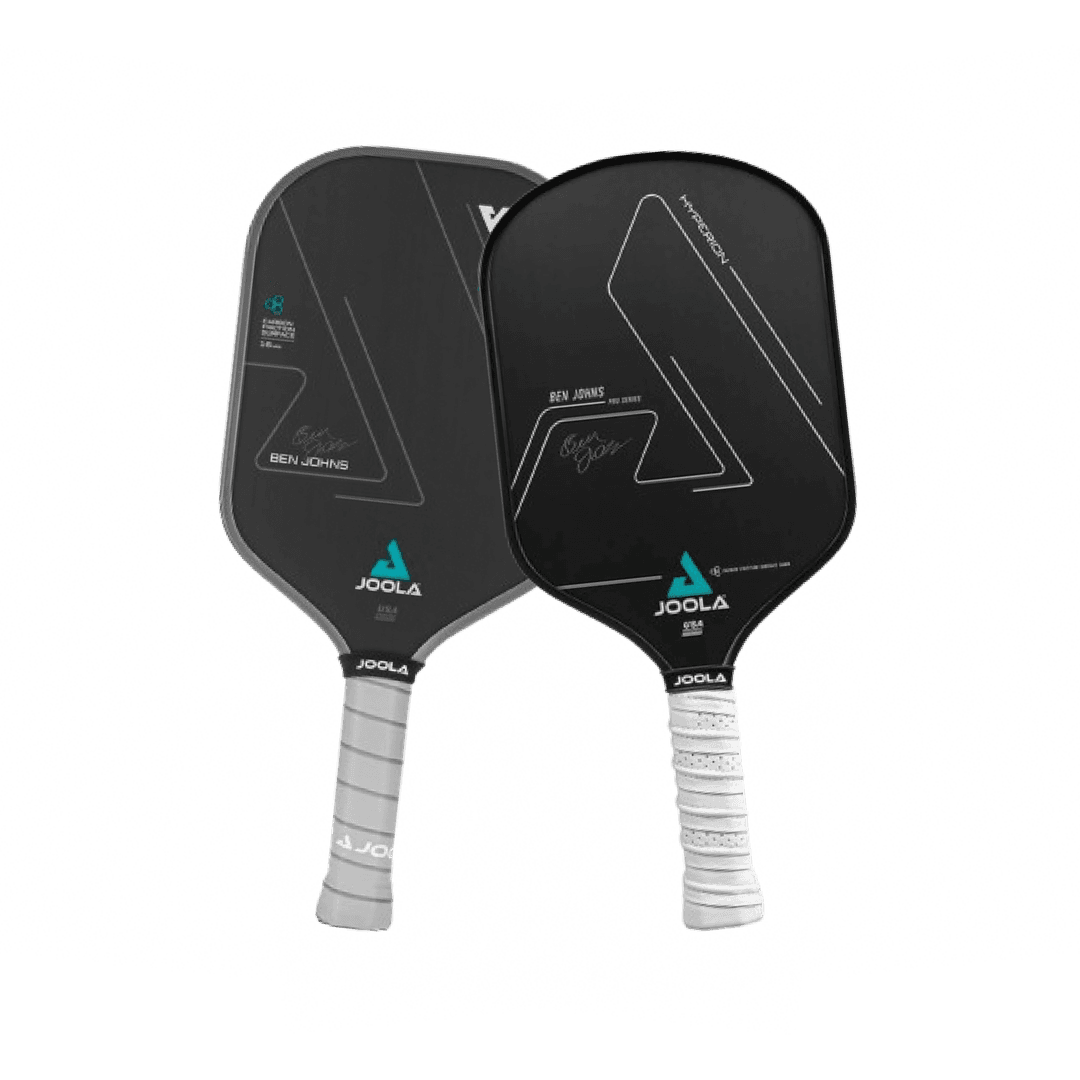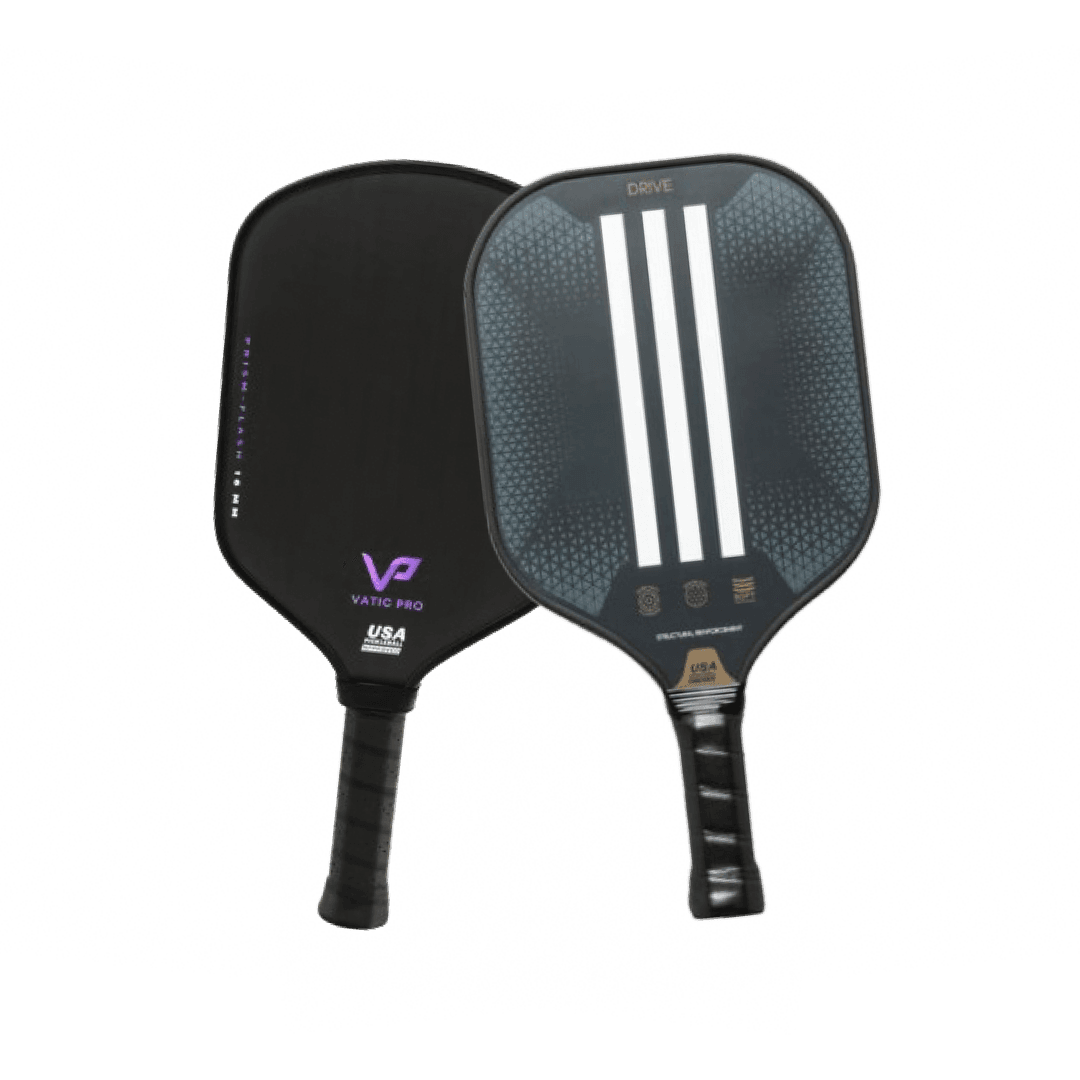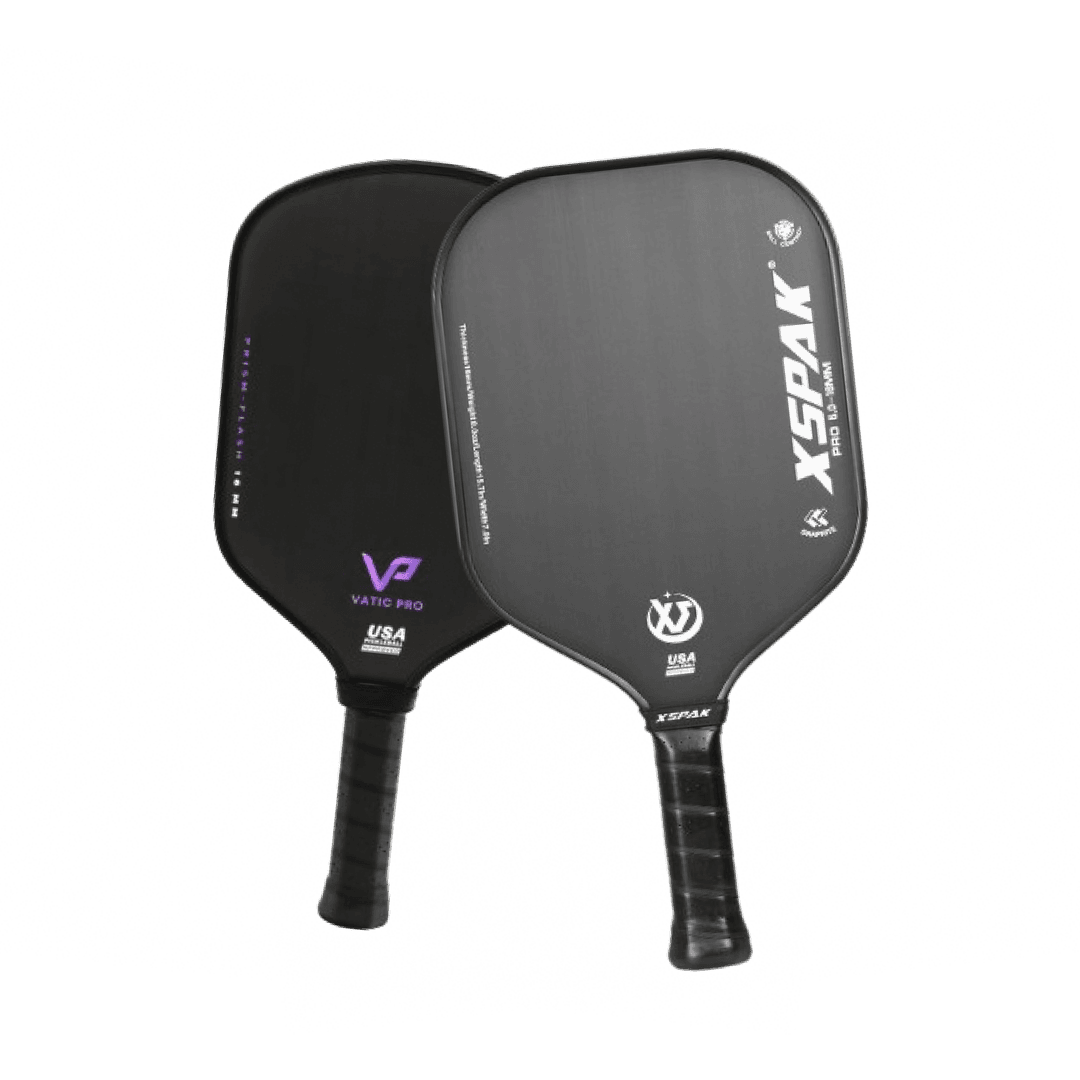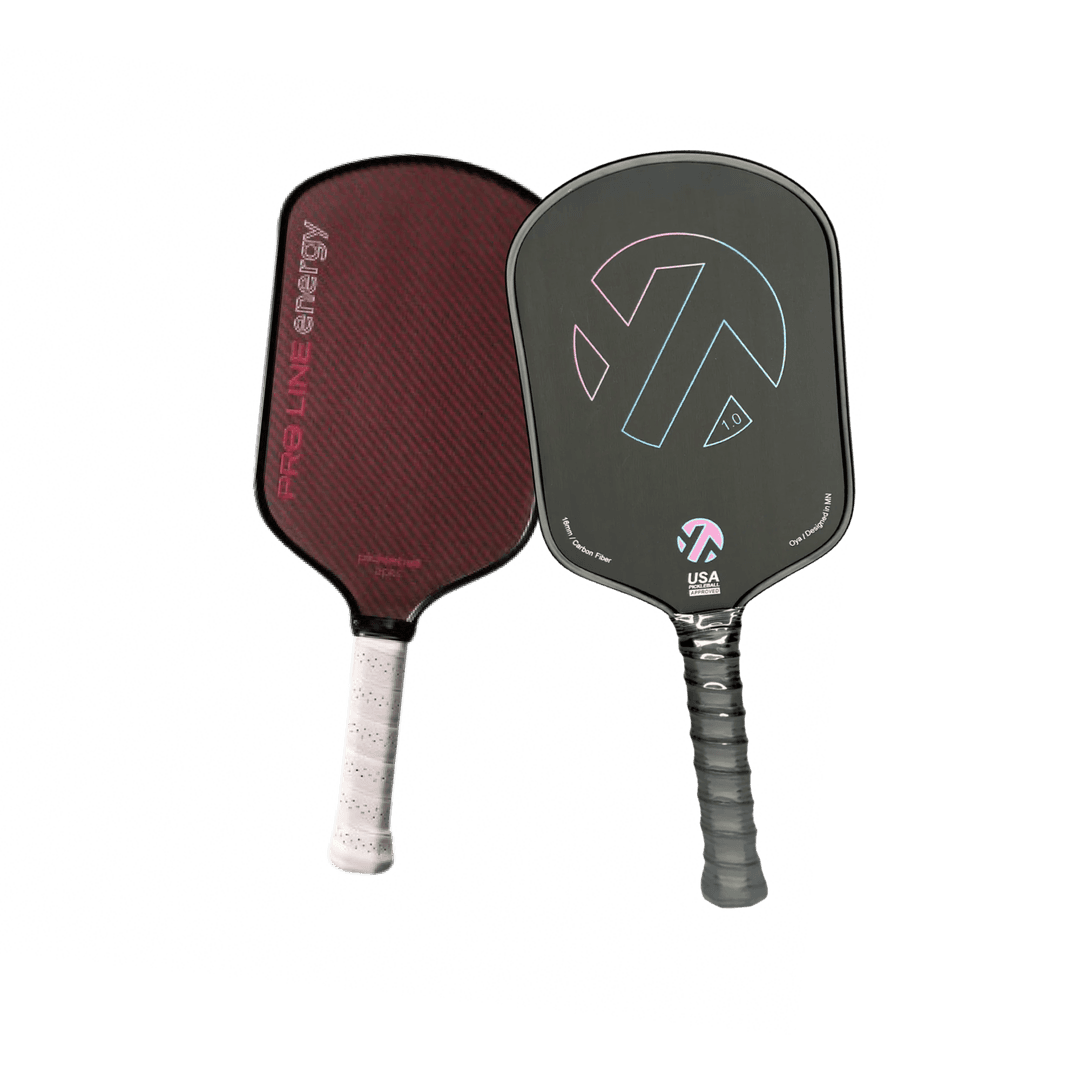What is my pickleball skill rating?
10 minute read


Pat Tammaro
Aug 26, 2024
We break down what the rating is and how to calculate yours.
If you're a pickleball enthusiast looking to understand your skill level, you're in the right place. Knowing where you stand in the game is essential to find the right playing partners, set realistic goals, and track your progress. But figuring out your pickleball rating can be confusing, especially if you're new to the sport. Let's break down:
- The different rating systems
- How to assess your skills
- What steps you can take to improve your game.
What Are Pickleball Ratings?
Pickleball ratings are a standardized way to measure a player’s skill level. These ratings range from 1.0 to 5.5+ or even higher for professional players. Most players start with a self-rating, where they evaluate their skills on a scale based on their ability to perform certain shots, understand strategies, and maintain rallies.
However, there are more objective and structured rating systems, such as:
- UTPR (USA Pickleball Tournament Player Ratings): Managed by USA Pickleball, this rating is based on a player's performance in sanctioned tournaments. It's a data-driven approach that provides separate ratings for singles, doubles, and mixed doubles. To get a UTPR, you need to participate in official tournaments.
- DUPR (Dynamic Universal Pickleball Rating): This system takes a more inclusive approach by considering both recreational and tournament play. DUPR uses a consistent scale for all player types and formats, aiming to provide a more rounded picture of a player's skills. You can get a DUPR rating by playing matches (even recreational ones) and reporting your results.
- UTR-P (Universal Tennis Rating for Pickleball): Soon to be adopted by USA Pickleball, UTR-P offers a dynamic rating system that provides scores from 1.0 to 10.0. Like DUPR, it is inclusive and can be used for both recreational and competitive play. The system doesn't differentiate based on age or gender, which might be a downside for some players who prefer more specific ratings.
How to Determine Your Skill Level
To accurately determine your pickleball skill level, you need to evaluate both physical and strategic abilities:
- Physical Skills: This includes your ability to hit different shots (forehands, serves, volleys, dinks), as well as your consistency and control over these shots.
- Strategic Skills: These involve understanding game strategies, such as tactical placement, pace control, and adapting your play style to counter opponents.
The USA Pickleball skill assessment guidelines provide a detailed breakdown of what each skill level looks like:
- Beginner (1.0-2.5): New to the game, can hit basic shots and sustain short rallies, with a basic understanding of rules and scoring.
- Intermediate (3.0-3.5): Can sustain longer rallies, understands more advanced shots and strategies, and begins to use effective court positioning.
- Advanced (4.0+): Proficient in all parts of the game, uses advanced strategies, and has experience in competitive play. These players can execute all types of shots consistently and with control.
To get a more precise idea of your skill level, you can follow a simple 3-step process:
- Understand the basic skill levels: Familiarize yourself with the different categories.
- Assess where you might fit: Use tools and resources, like quizzes or skill assessment sheets, to gauge your level.
- Refine your assessment: Review specific criteria from official rating systems (like USA Pickleball) to narrow down your rating.
Pros and Cons of Different Rating Systems
Each rating system has its advantages and disadvantages:
- Self-Rating:
- Pros: Easy and convenient, no need to participate in tournaments.
- Cons: Less accurate and prone to biases; might lead to overrating or underrating your skills.
- UTPR:
- Pros: Unbiased and based on actual game data; provides specific ratings for different game types.
- Cons: Requires participation in sanctioned tournaments, which may not be accessible to all players.
- DUPR:
- Pros: Includes both recreational and tournament play; provides a more holistic view of a player's abilities.
- Cons: Can be complex to understand, and may not have a mixed doubles rating.
- UTR-P:
- Pros: Open to both recreational and competitive players; completely free to get a rating; dynamic and updated regularly.
- Cons: New to pickleball, so may take time to build a comprehensive database of results.
Tips to Improve Your Pickleball Rating
Improving your pickleball rating is all about practice and playing smarter. Here are some strategies:
- Practice Regularly: The more you play, the better you get. Try to incorporate different practice drills to work on various aspects of your game.
- Play Against Different Levels: Challenge yourself by playing against both stronger and weaker opponents. This helps you adapt to different play styles and improves your overall game.
- Take Lessons: Consider taking lessons from a coach who can provide personalized feedback and help you refine your techniques.
- Participate in Tournaments: Competing in tournaments is one of the best ways to get an accurate rating and improve your skills. It exposes you to different playing styles and strategies.
- Use Technology and Resources: Utilize online tutorials, apps, and pickleball machines to practice when you can’t find an opponent.
Bottom Line
Understanding your pickleball skill level is key to enjoying the game, finding the right playing partners, and improving your abilities. By using a combination of self-assessment and structured rating systems like UTPR, DUPR, or UTR-P, you can get a clear picture of where you stand and what areas you need to work on. So, grab your paddle, hit the court, and start climbing up the pickleball rating ladder!
Frequently Asked Questions (FAQs)
What are pickleball ratings?
Pickleball ratings are a system to measure a player's skill level, ranging from 1.0 (beginner) to 5.5+ (advanced). They help players find suitable opponents and participate in appropriate matches or tournaments.
What is the difference between UTPR and DUPR?
UTPR ratings are based on tournament results, ideal for competitive players. DUPR includes both recreational and competitive play, offering a more comprehensive view of a player's abilities.
How can I improve my pickleball skills?
To get better at pickleball, practice regularly, learn from experienced players, and take lessons. Focus on drills to improve your shot accuracy, footwork, and game strategy. Playing against different skill levels helps you adapt and grow.
How do I determine my pickleball skill level?
You can self-rate using a skill assessment chart or get an official rating by participating in sanctioned tournaments. Self-rating evaluates your skills, while tournaments provide a more accurate rating through systems like UTPR or DUPR.
What is a beginner rating in pickleball?
Beginner ratings range from 1.0 to 2.5. These players are new to the game, can perform basic shots, sustain short rallies, and understand basic rules and strategies.
What is an intermediate rating in pickleball?
Intermediate ratings typically range from 3.0 to 3.5. Players at this level can sustain longer rallies, use a mix of shots, understand game strategy, and have a good grasp of court positioning. They have fewer unforced errors and can start to place shots more strategically.
What is an advanced rating in pickleball?
An advanced rating in pickleball is generally 4.0 and above. Advanced players are skilled in all aspects of the game, including executing advanced shots, understanding complex strategies, and adapting to their opponents’ play styles. They consistently play at a high level and often compete in tournaments.
Let us help
Stuck deciding between a couple paddles? Use our tool to easily compare them side by side.
Select 2 paddles to get started





